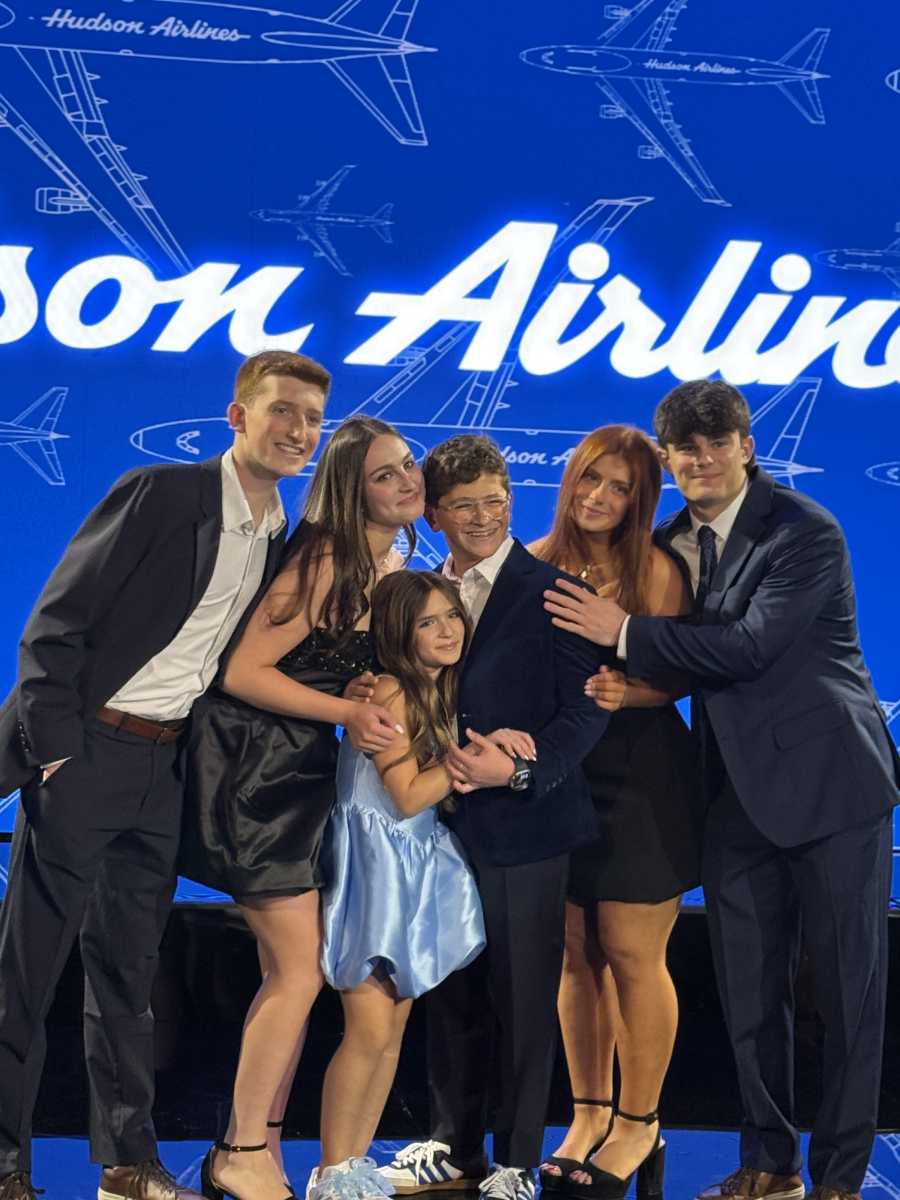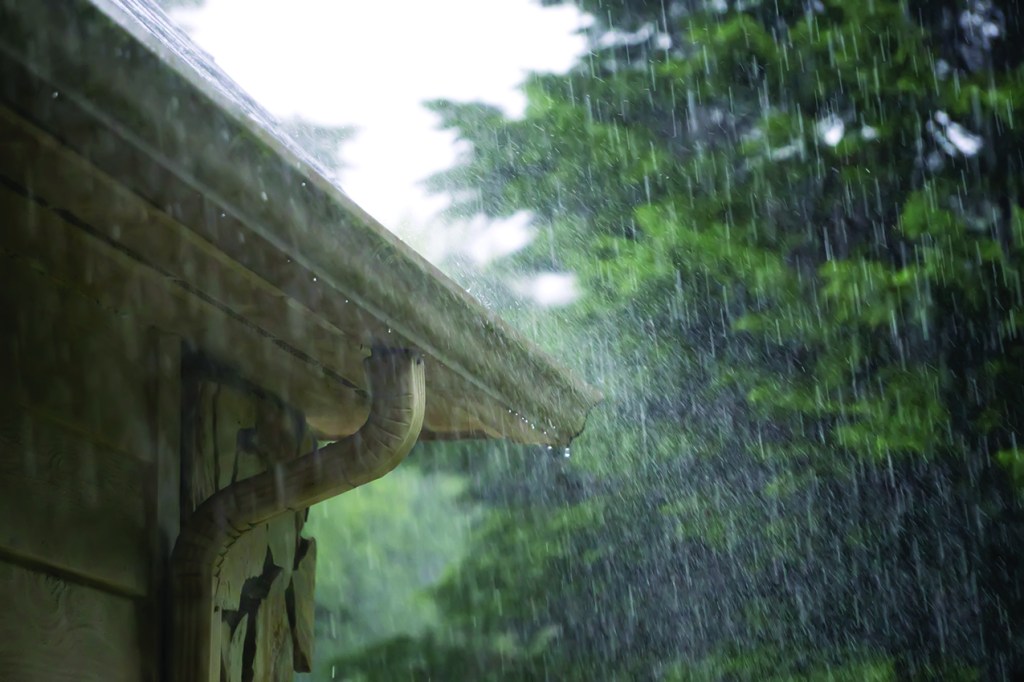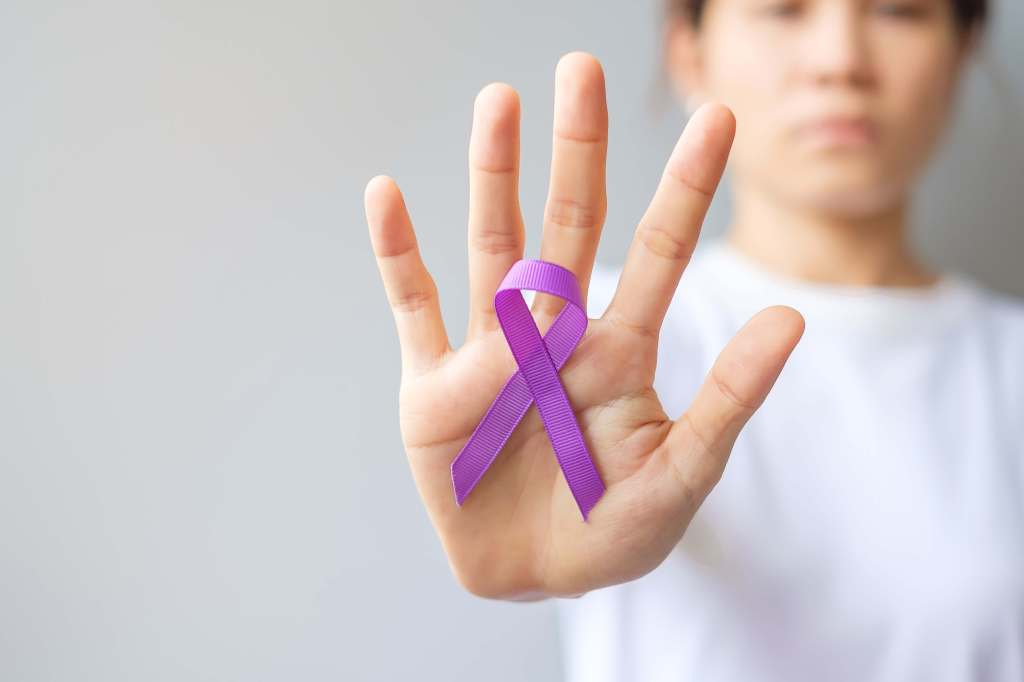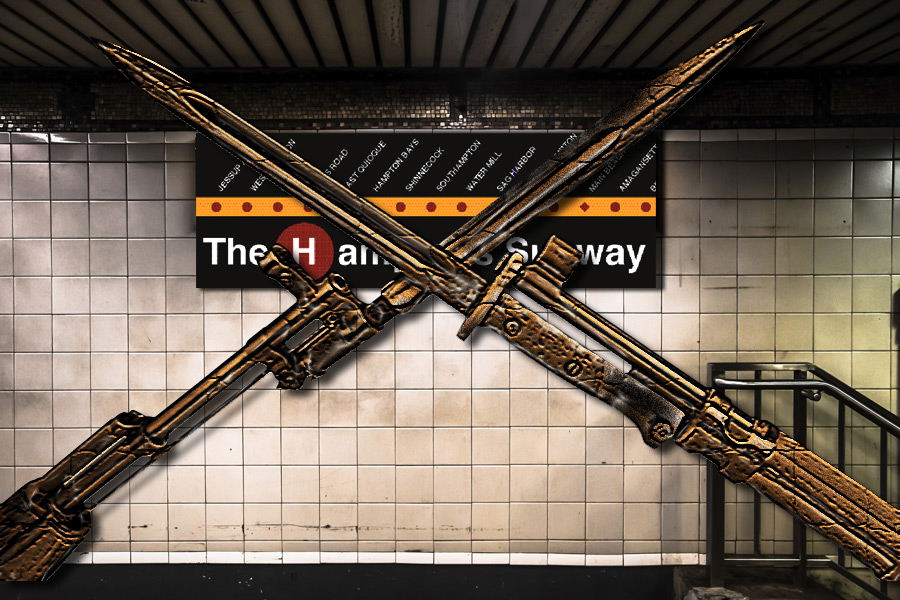Understanding New York Wildlife Rehabilitator Licenses & How to Get One
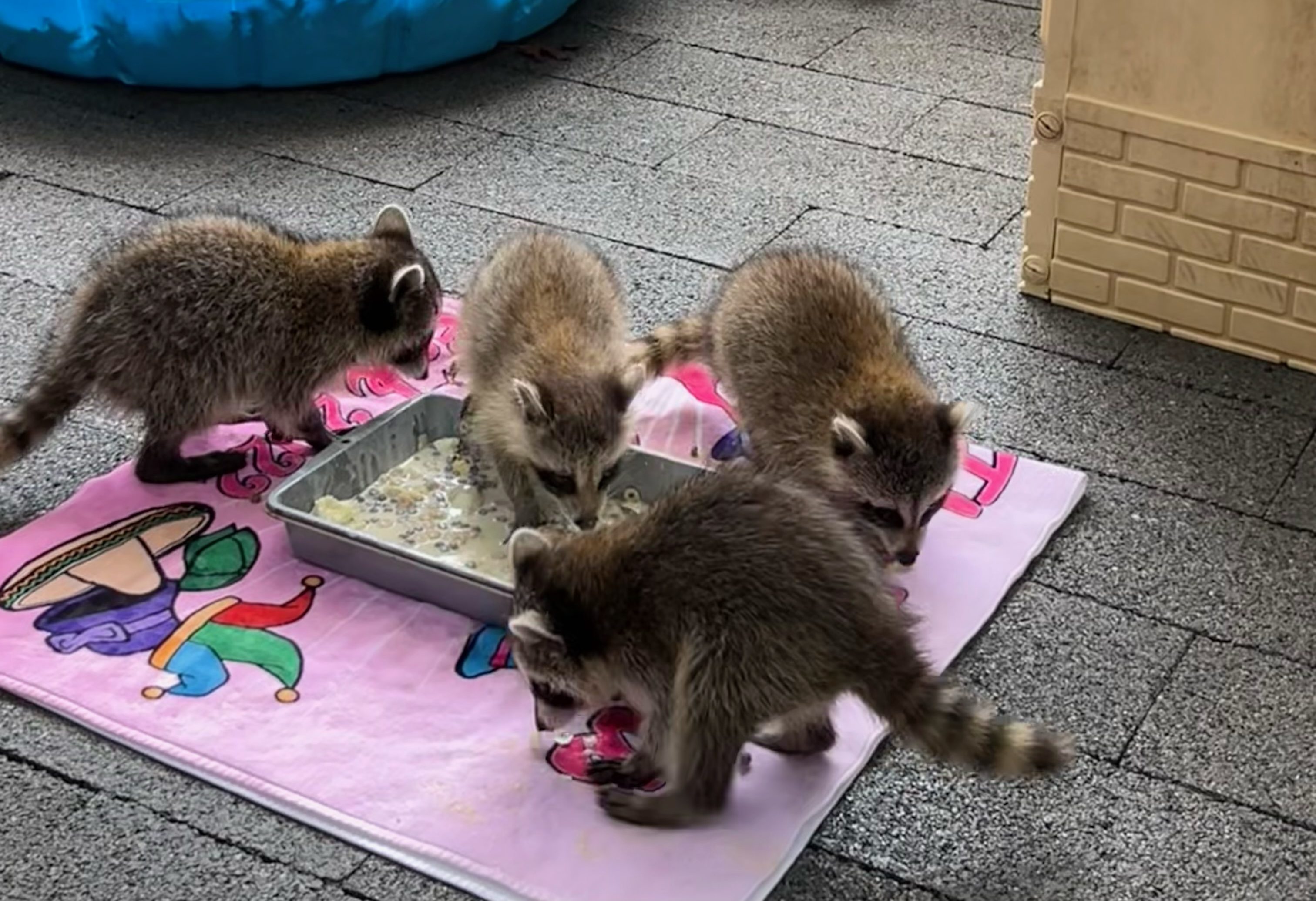
Inside the hospital of the Evelyn Alexander Wildlife Rescue Center (EAWRC), every task is critical and, from food dishes to folding laundry, everything contributes to the care of hundreds of wild patients. Volunteers and staff move with purpose, and each knows that their work plays a vital role in helping injured and orphaned wildlife recover and return to their natural homes. However, as the seasons change and people come and go, the EAWRC is constantly looking to improve their network of transporters, volunteers, and rehabilitators.
Christine Tylee, EAWRC Animal Care Assistant and Licensed Wildlife Rehabilitator, knows that rehabilitation is as much about dedication as it is about skill, “It’s really about having committed individuals who have the passion and the drive to learn about the field,” she says, “It’s not necessarily about wanting to cuddle or take selfies with the animals, because that can be stressful for them.” For Tylee, wildlife care is rooted in respect and understanding that these animals are not pets, but rather wild beings deserving of space and decency.
While the EAWRC welcomes volunteers from all walks of life, Tylee emphasizes that reliability and compassion are the most valuable traits. “Even if it’s just one day a week, that consistency means the world,” she continues, “We can rely on that individual to be there, and that’s a huge, huge help.” Volunteers often start with daily essentials, including cleaning enclosures, washing dishes, and preparing meals, but their work extends far beyond chores. Each clean towel and freshly prepared bowl represents care for a recovering animal, while allowing professional rehabilitators to smoothly run medical and medicinal operations.
“We take pride in the details,” Tylee explains, “We spend a good amount of time prepping their food and dishes, and we actually make it look beautiful. We’ve even taken pictures of the meals because they look so lovely.” These small acts of care demonstrate the staff’s deep respect for their patients, whether it’s a raccoon learning to climb again or a crow testing its wings.
The EAWRC’s efforts are strengthened by community partnerships, including local fishermen and the Riverhead Aquarium, which often donates extra fish for the animals. “It’s a really beautiful network of people,” Tylee explains, “When you’re dealing with debilitated wild animals every day, it can be hard. But seeing how others come together to help, it’s very heartwarming.”
For those hoping to follow in her footsteps, Tylee explains that becoming a licensed wildlife rehabilitator in New York State begins with a simple open-book exam, offered only twice a year, in April and August. “You need an 80 or higher to pass, but honestly, it’s too easy,” she admits, “That’s why we always encourage people to volunteer in a wildlife hospital before they start taking animals home. It gives you a real understanding of the responsibility involved.”
Wildlife rehabilitation demands constant care, something Tylee believes can’t be learned from books alone. “These animals need attention all day, every day,” she says, “If you have a full-time job, it might not be fair to the animals to take them in. Volunteering in a hospital teaches you just how much time, patience, and love it takes.”
Tylee’s journey into wildlife care began in college, where she was introduced to rehabilitation for the first time. Over the years, she has worked with a wide range of species, from raccoons and opossums to pigeons and starlings, and earned additional certification to be able to work with rabies-vector species. “It’s been eye-opening,” she continues, “Every species teaches you something new. I work with Jessica Chiarello and Grace DeNatale, who have such a wealth of knowledge, and I’m learning daily from them.”
For Tylee, one of the most rewarding parts of her job is witnessing successful reunions between orphaned babies and their mothers. “The best gift for these babies is to be with their moms,” she said. “It’s incredible when you see a reunion happen, it’s the most rewarding feeling.” She also helps the public understand when intervention isn’t necessary. “People often find baby squirrels or bunnies and want to help, but sometimes, leaving them where they are is the best thing you can do.”
As the seasons change and new animals arrive, the EAWRC continues to rely on the kindness of its volunteers and the expertise of staff like Christine Tylee. Their shared goal remains the same, which is to give every animal that enters their care a chance to return home. “We’re always looking for compassionate, reliable people,” Tylee says, “People who respect that these are wild animals and are devoted to the mission. That’s what keeps everything going.”
The Evelyn Alexander Wildlife Rescue Center is located at 228 West Montauk Highway, Hampton Bays. It can be reached at 631-728-4200, and animal emergencies can be reported at 631-728-WILD (9453). The center is open 9 a.m.–5 p.m. seven days a week. Visit wildliferescuecenter.org for more information.
